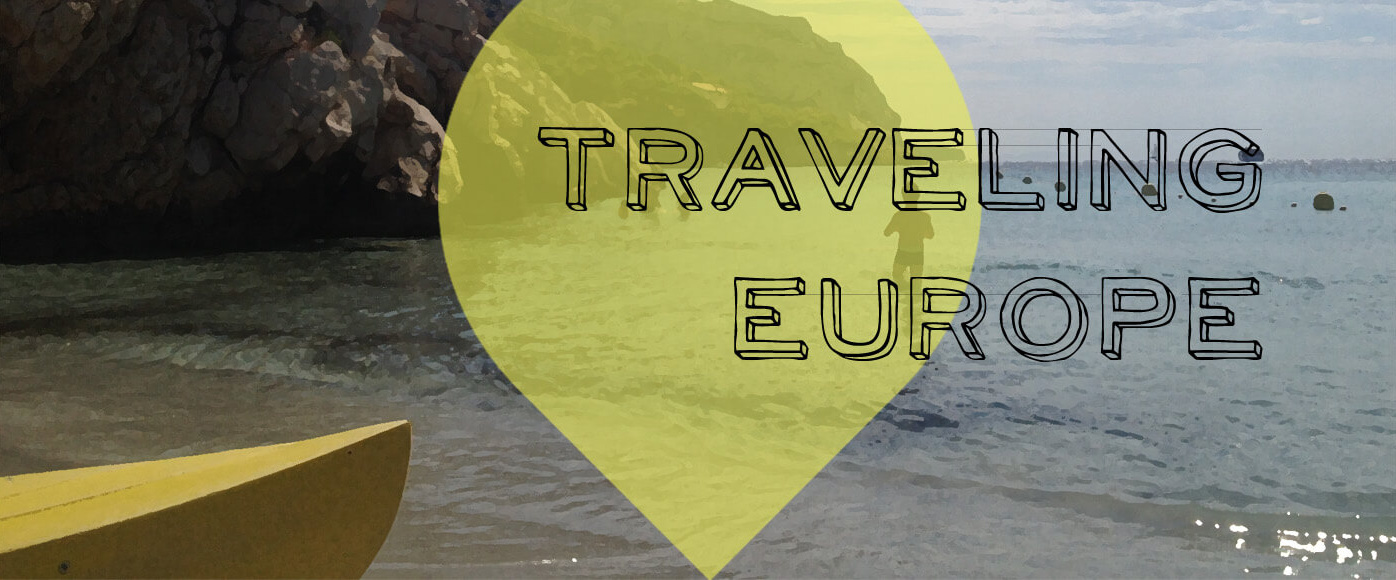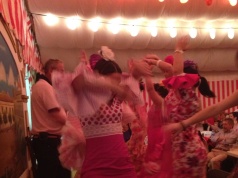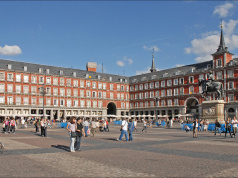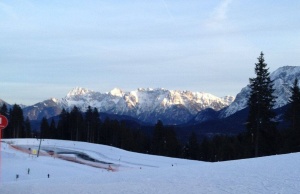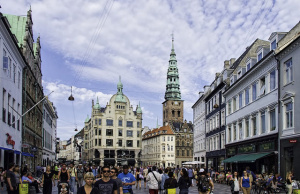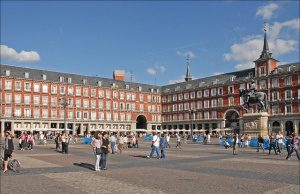Spain is one of the largest countries (in terms of area) in Europe, with an extremely rich historical and cultural background that is reflected today throughout the country.
If you’ve never had the chance to visit one of my favorite places on earth, here are some important things to know before you go. If you have been there before, perhaps you can relate and add to this list!
The word “Spaniard” carries with it a multitude of physical characteristics.
Like most countries in the world, there are “typical” physical characteristics of the genealogy, but don’t expect that every Spaniard you see will share the same features. Yes, a typical trait is darker hair and eyes, but there are of course the exceptions.
In fact, when I first lived in Granada in southern Spain, I was really surprised by the lighter skin tone of many of the residents. With such a radiating hot sun, I was expecting everyone to be golden brown all year long. Also, in the Basque country in northern Spain, for example, they are known for having “typical Basque features” such as a larger nose.
> Bulls are a national symbol, but bullfighting is losing its popularity.
While you can still find many bars throughout certain regions of Spain with groups of (usually older Spanish men) shouting “Vamos!” at the matadors on TV, bullfighting is actually losing its popularity quickly, especially among the young generations. It has also been banned in the Catalonia region in 2012.
According to a study by the Humane Society International, only 29% percent of the population supporting it and 13% supporting it “strongly”.
That doesn’t mean you won’t find bull symbols everywhere! At the bars, in the food, around the city and even the infamous Osborne Bull along the highway. Bulls have become a symbol of Spain both nationally and internationally.
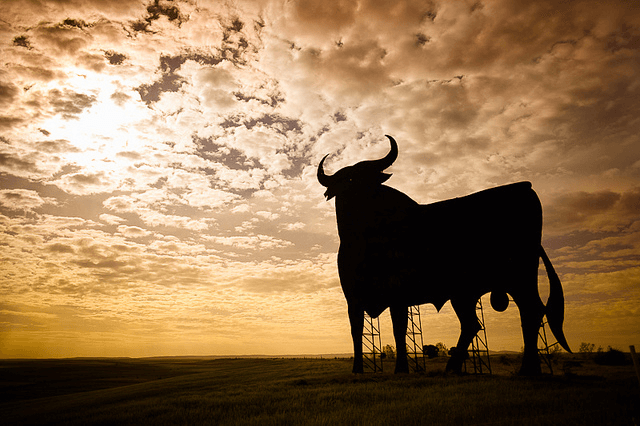
Spanish isn’t the only language spoken, but you just probably brush up on the basics before you go.
While Spanish is the official language, there are also four other co-official languages spoken:
- Aranese: co-official in Catalonia, mainly spoken in the Pyrenean comarca of the Val d’Aran (Aran Valley) in north-western Catalonia.
- Basque: co-official language in Pais Vasco (Basque Country) and northern Navarre.
- Catalan: co-official in Catalonia, the Balearic Islands, a variation of Valencian and in the Valencian Community.
- Galician: co-official in Galicia.
Along with these languages, almost everyone also speaks Spanish, but in most places, especially not in the tourist center, the people will just speak Spanish, or their other regional language. If you don’t want to be seen as a complete Guiri, the slang word for foreigners, then try to learn some necessary phrases before you go.
“Siesta” isn’t everywhere, but don’t expect things to be open all the time.
In the smaller towns throughout Spain and especially in Andalusia, siesta is an important part of the day. Typically between 1:30-2pm and 5 to 6pm the shops will be closed so the workers can have lunch, usually the biggest meal of the day, and then have a short rest after. This is also the hottest part of the day, with the streets nearly empty, so you can imagine why being inside during this time is a tradition.
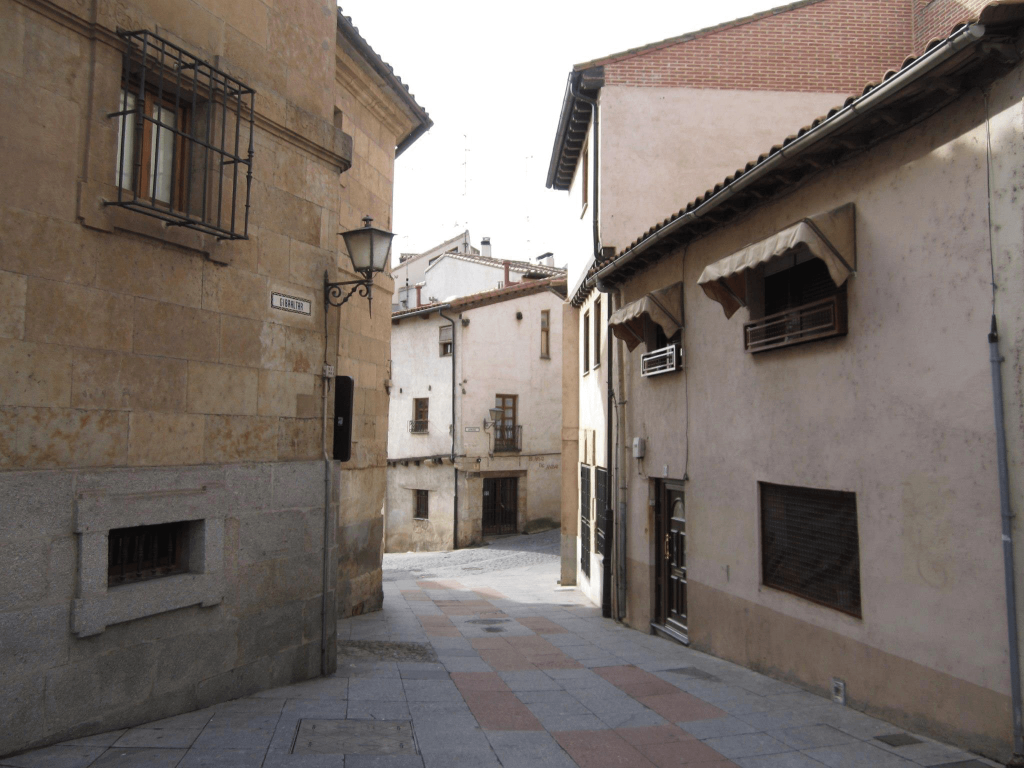
In the larger cities, especially Madrid and Barcelona, you will find many more things open all day. But this isn’t a sure thing, so if there is something you absolutely need make sure of the hours before you push it off until later! Also, most places will be closed on Sundays, but again, depends on where you are.
Nightlife starts between 2-3am.
Restaurants typically open around 8pm, bars a bit later. Most nightclubs don’t open until 12am, however, and don’t expect them to be full until at least 2am. You can imagine why Spaniards are famous for partying the whole evening, it doesn’t start until morning!
To go to a fancier place, you can typically get a discount if you buy the entrance from a promoter, usually accompanied by a really disgusting “free shot”. Also, you can sometimes get discounts by going before 12am, but sometimes you can’t leave and re-enter so you’re stuck buying drinks at the bar. But any trip to Spain wouldn’t be complete without joining in on the party!
